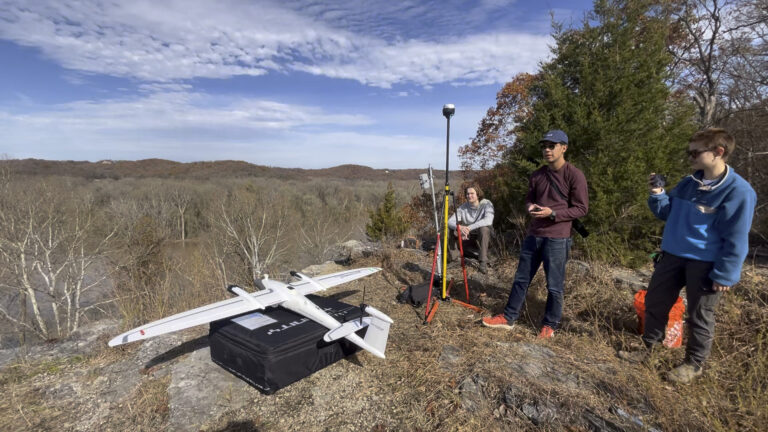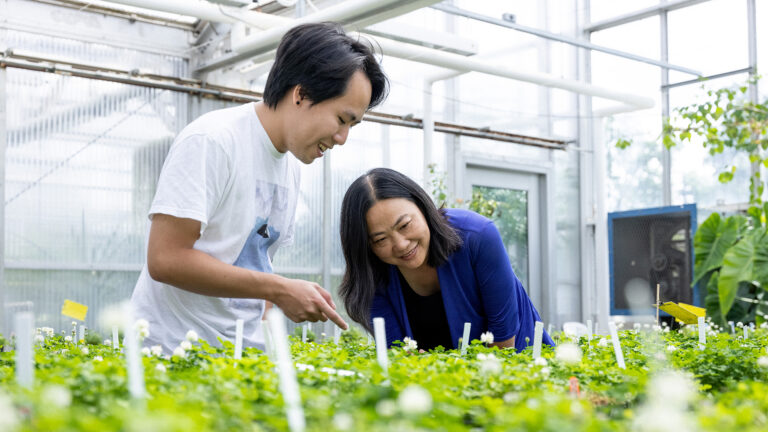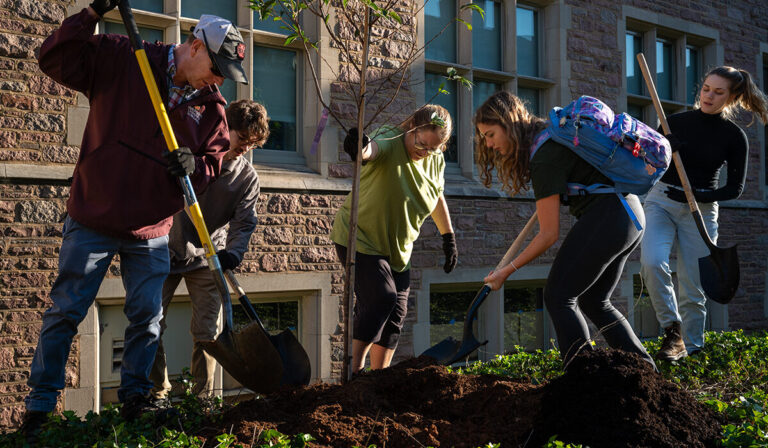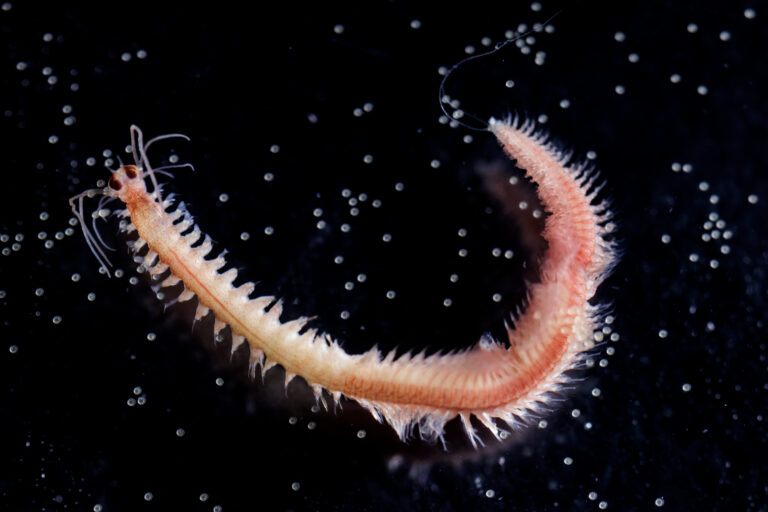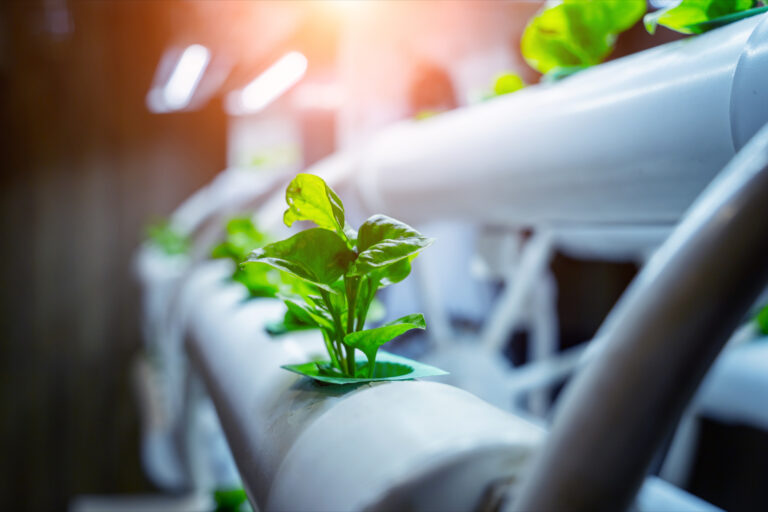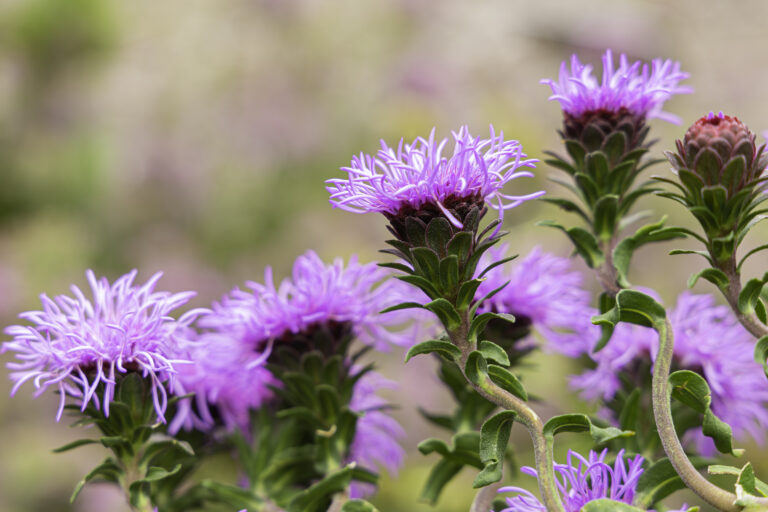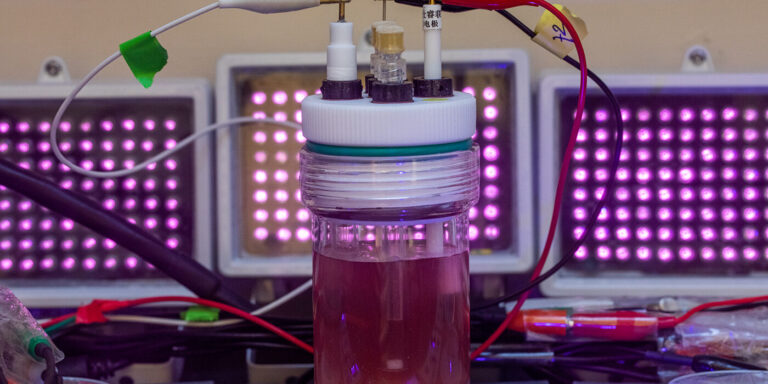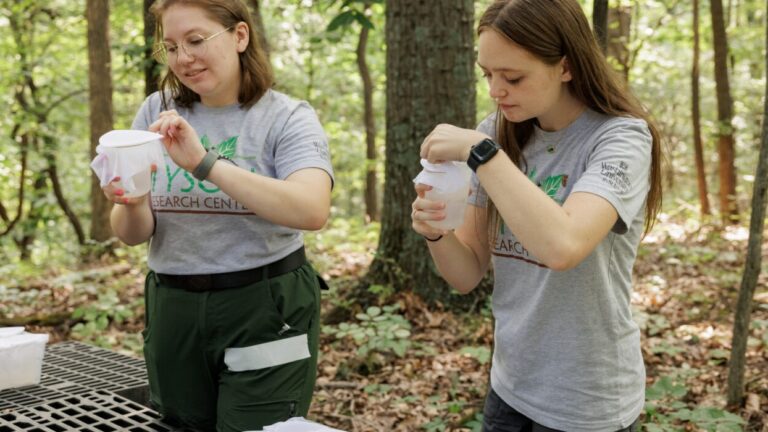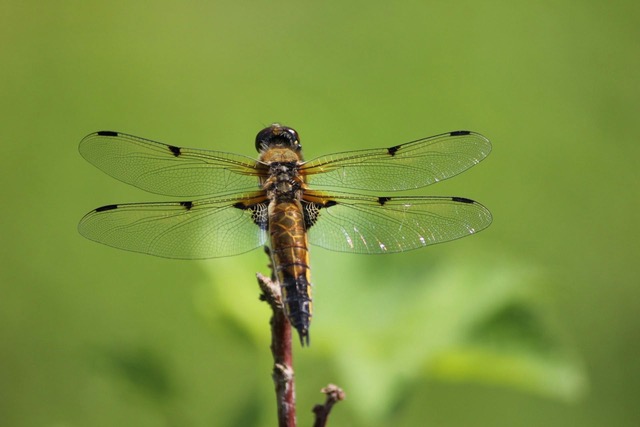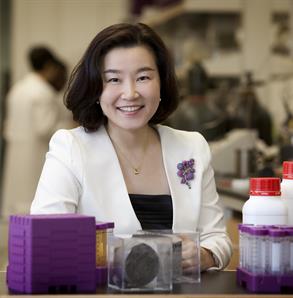A high-tech way to track an age-old problem
Students in the “Geospatial Field Methods” course used drones to map flooding along the Meramec River.
How plants evolved multiple ways to override genetic instructions
WashU biologists investigate inner workings of DNA methylation in plants.
Home to 6,500 trees, WashU Arboretum earns rare status
The WashU Arboretum, home to some 6,500 trees across the Danforth Campus, recently received Level III accreditation by the ArbNet Arboretum Accreditation Program.
It’s a worm’s world: regeneration and regrowth in the Özpolat Lab
Duygu Özpolat’s work revolves around annelids—looking at how they develop and regenerate.
How to grow food without light
Feng Jiao and collaborators plan to grow food through carbon dioxide electrolysis.
Climate change is super-charging St. Louis wildflowers
A study supported by the Living Earth Collaborative found that local flowers are blooming up to several weeks longer than in past decades.
Turning bacteria into bioplastic factories
Two new studies by biologists at Washington University in St. Louis highlight one potential source of game-changing materials: purple bacteria that, with a little encouragement, can act like microscopic factories for bioplastics.
Tyson Center gets local high schoolers involved in research
High school students participate in the six-week paid Tyson Environmental Research Apprenticeship (TERA).
Ornamented dragonflies better equipped to survive human threats
A study by Kim Medley and others found that dragonflies with dark wing markings have a lower risk of extinction.
Rethinking the waste in water
Young-Shin Jun and her team at the McKelvey School of Engineering see untapped resources in the chemical compounds in highly saline wastewater.
